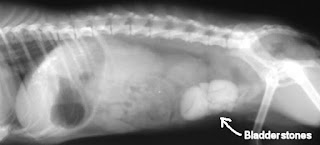Dry / Concentrate Rabbit Food
 |
| Dry Food (Pellets) |
Pet rabbit has traditionally been eating the kind of food as the main part of their diet but reserves today is just to feed dry food in small quantities, about 2 to 3 oz per rabbit per day ...
The "dry / solid food" we mean any commercial rabbit food available in pet shops and other retailers.
Pet rabbit has traditionally been eating the kind of food as the main part of their diet but reserves today just to feed dry food in small quantities, about 2 to 3 oz per rabbit per day (approx. One eggcup full).
This is because if the rabbits have access advertising cf for dry food, will often choose to eat is not a straw. Hay is important to wear the rabbit down the teeth and provide the necessary fiber. So rabbit eats too much dry food tend to be overweight, prone to dental problems and produce "poo stick" instead of a hard, round pellets is normal.
A small amount of dry food that is beneficial to provide the rabbit with calcium and vitamins they need.
Muesli
As the name suggests, this type of rabbit looks like a muesli mix is made up of various types of dry food. It is not recommended as it can cause selective eating, where rabbits pick out the bits it likes and leave the rest, thereby losing some of the nutrients.
Nuggets
Dry food has been developed specifically to prevent selective eating and is also higher in fiber than the kind of muesli mixture. It is recommended by vets and rabbit you can eat for a small amount, about one per day for the full eggcup / small and medium-sized rabbit.
There are different versions of pieces available, such as for overweight bunny, baby bunny rabbit or older. See the manual feed on the packaging or check with your vet for feeding advice.




